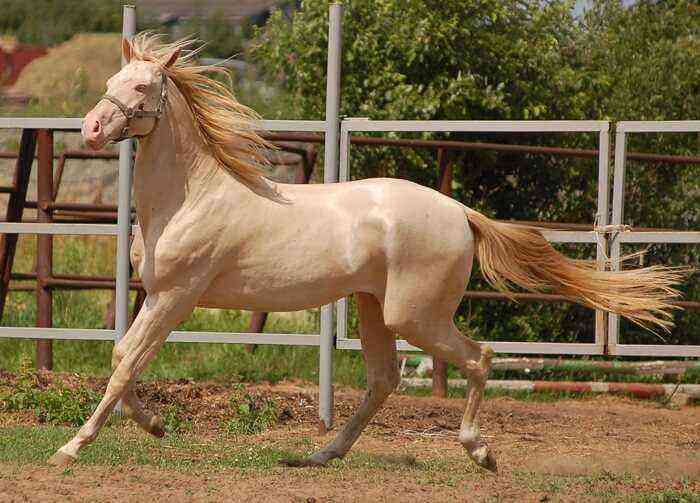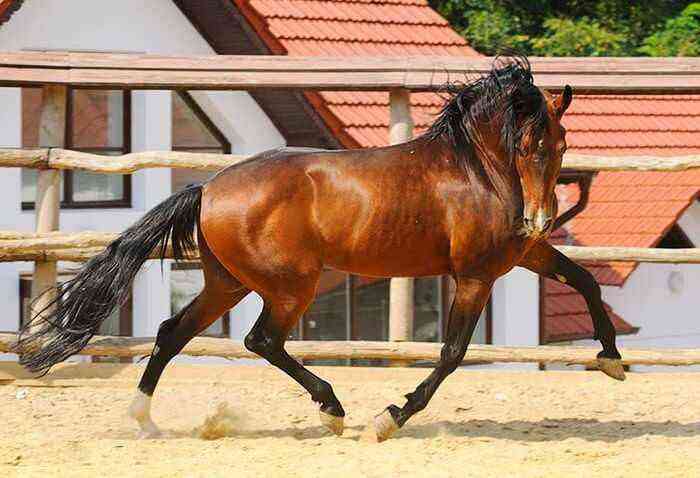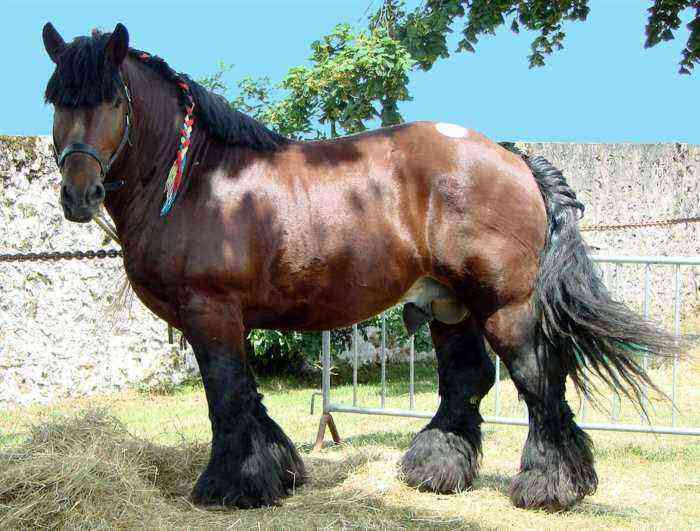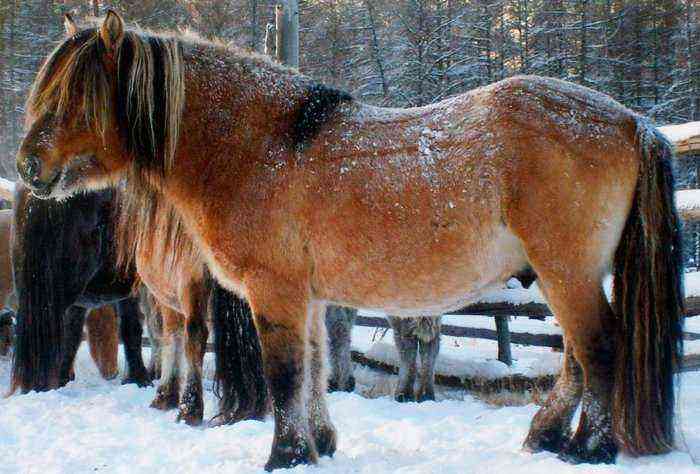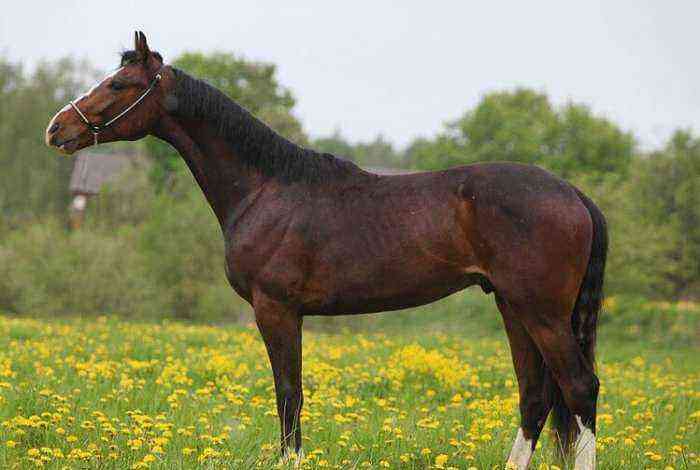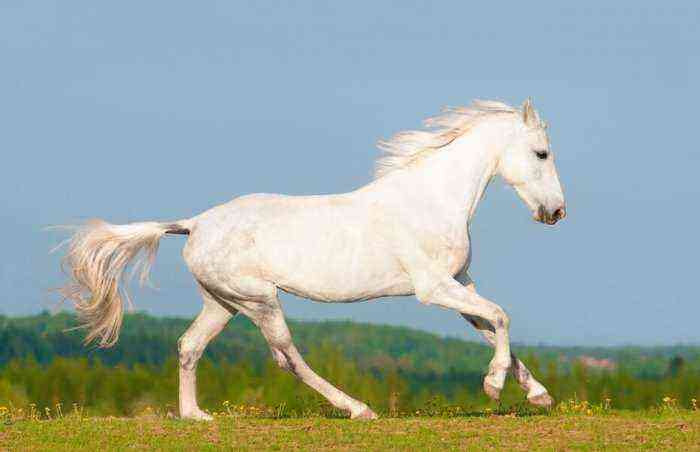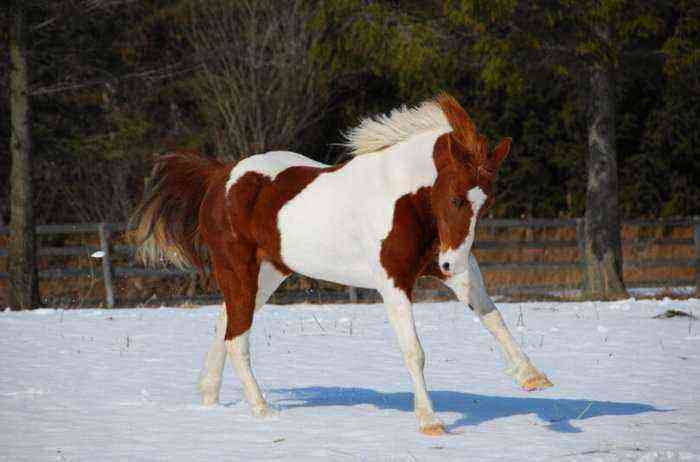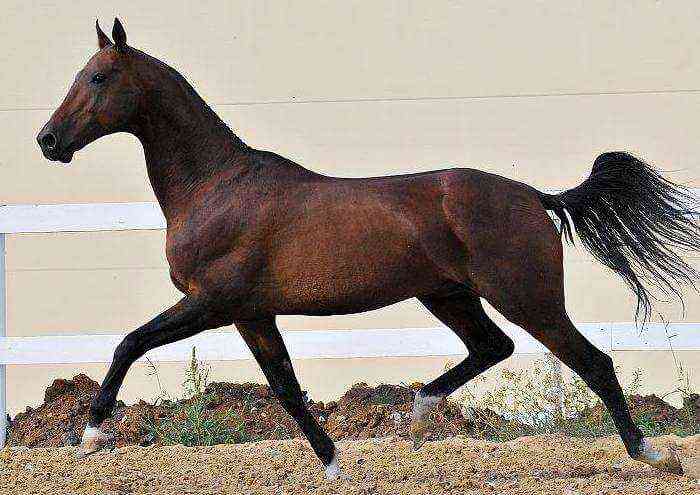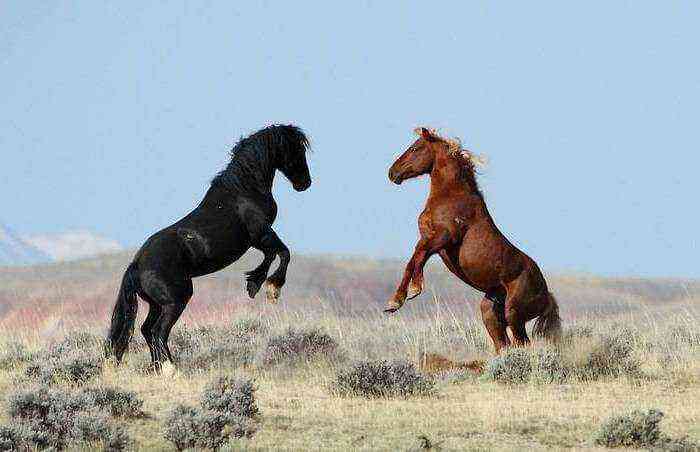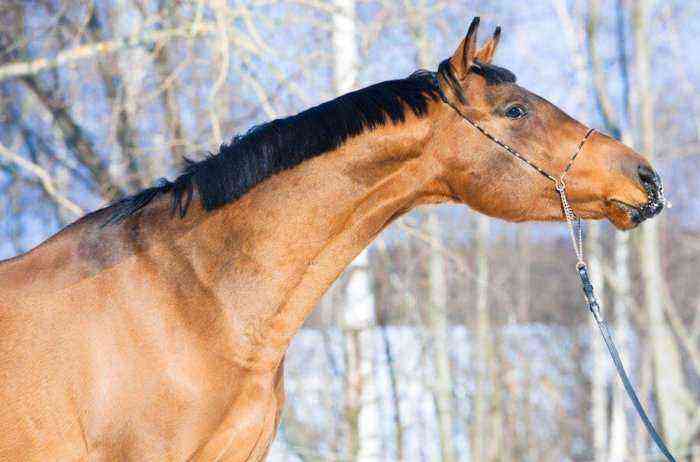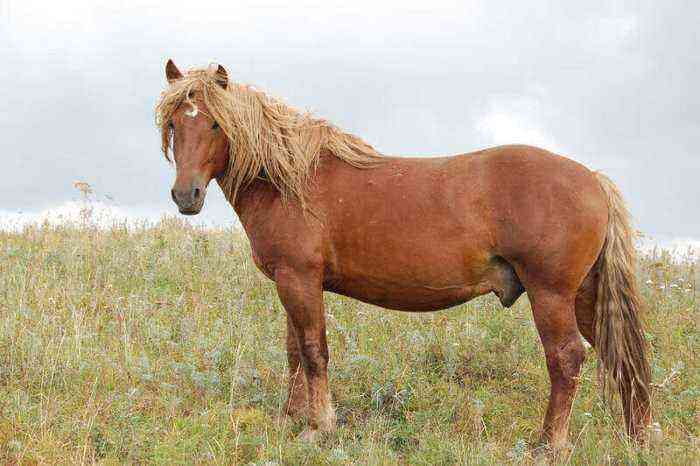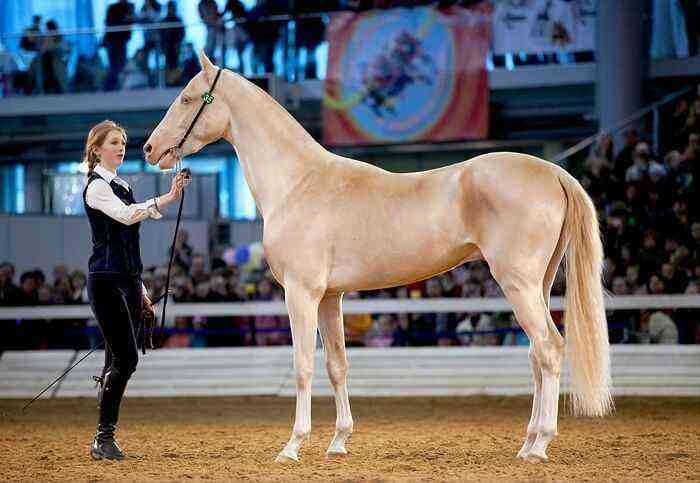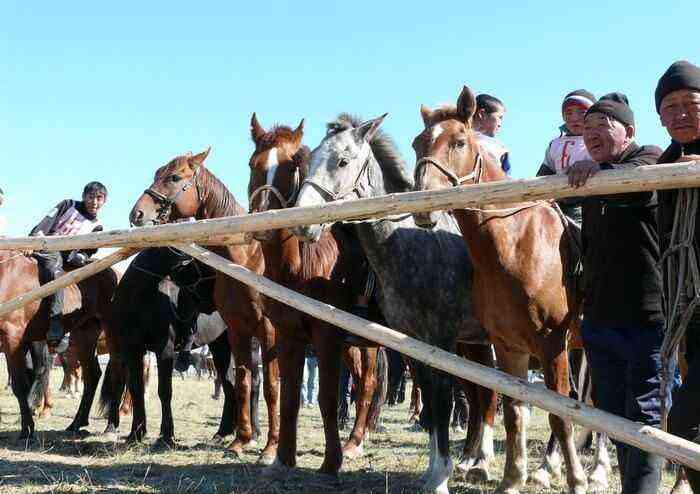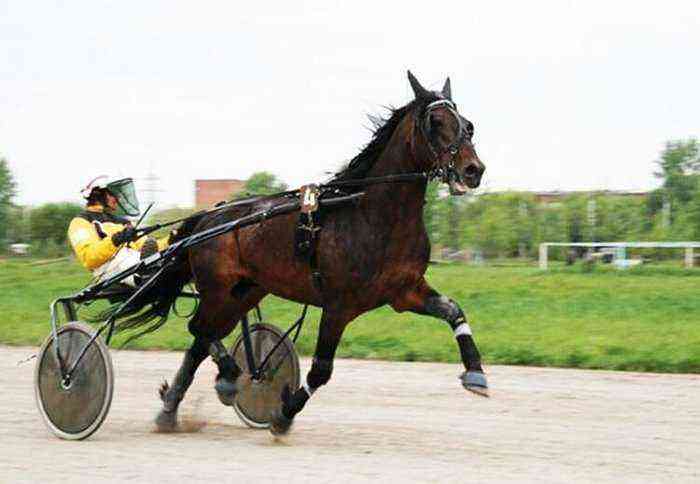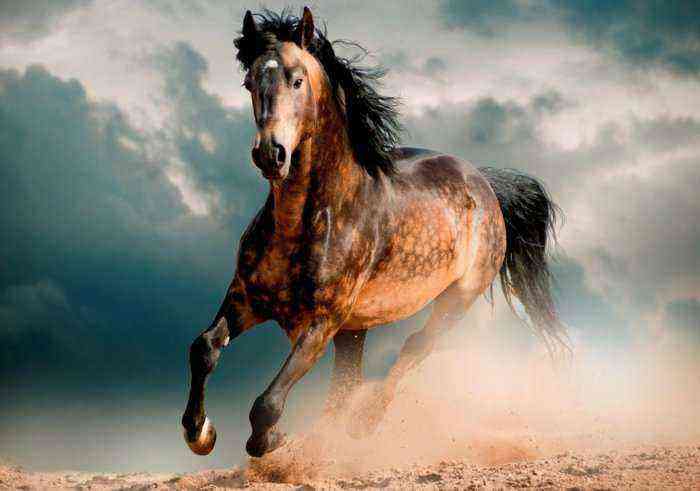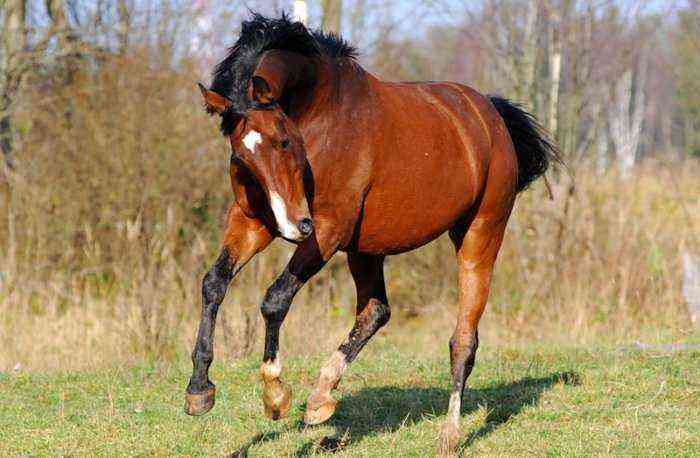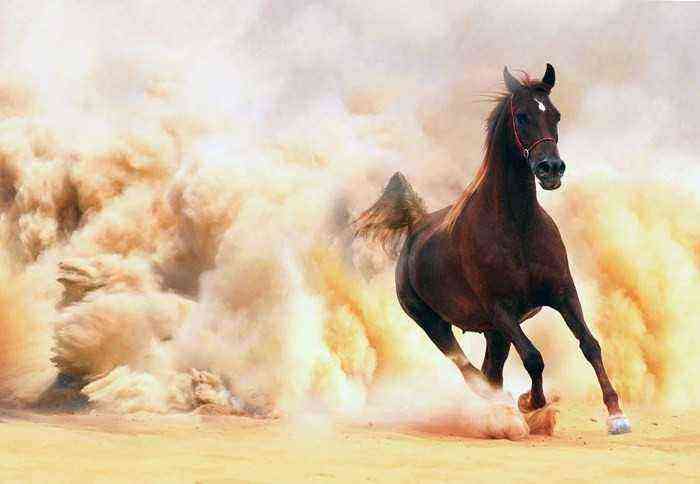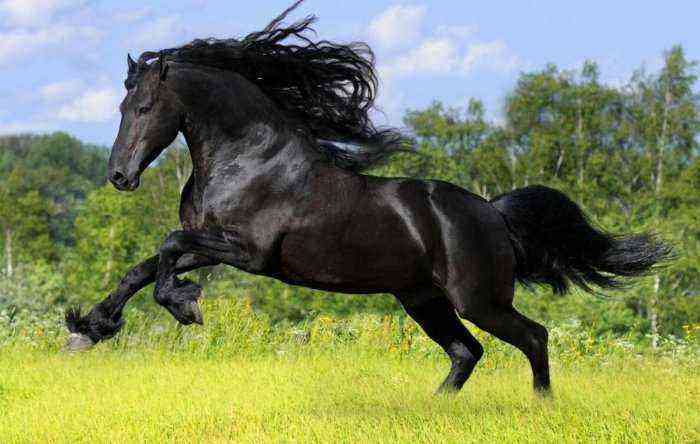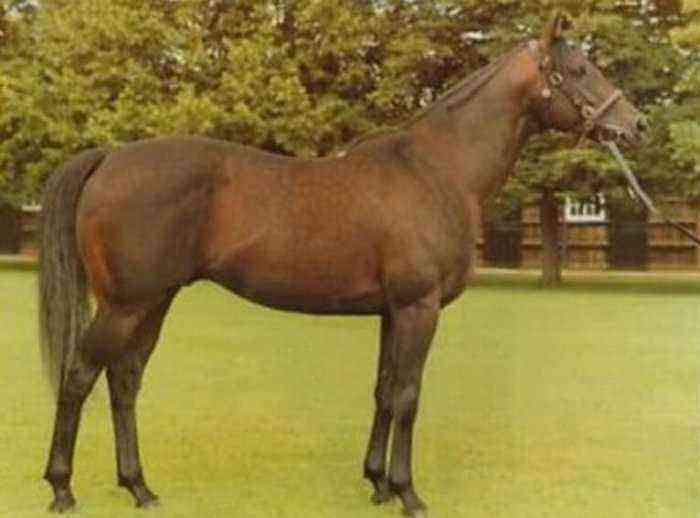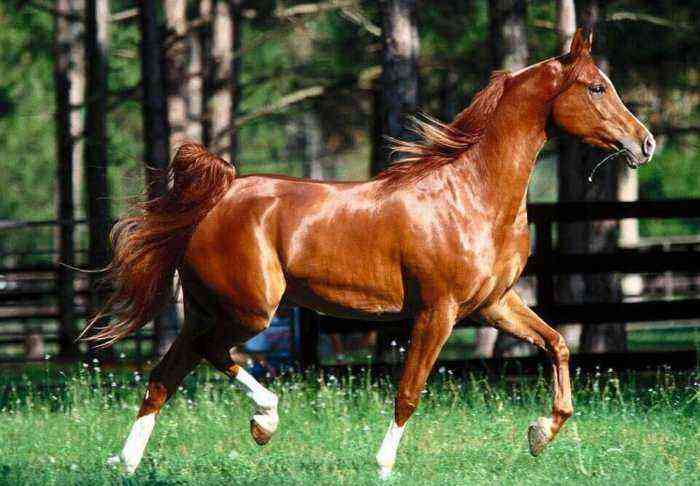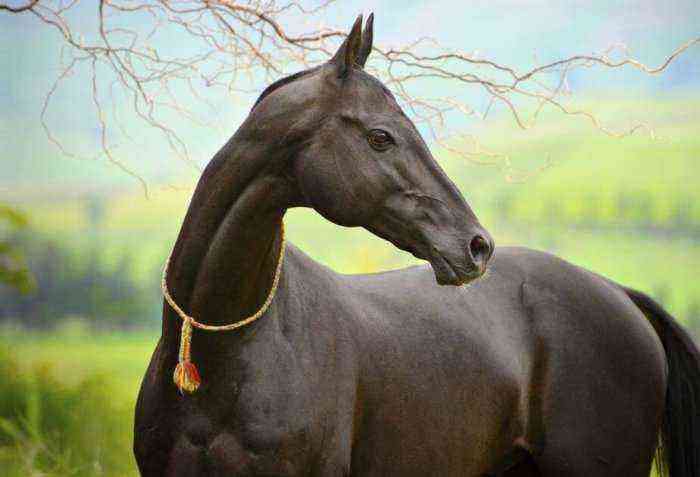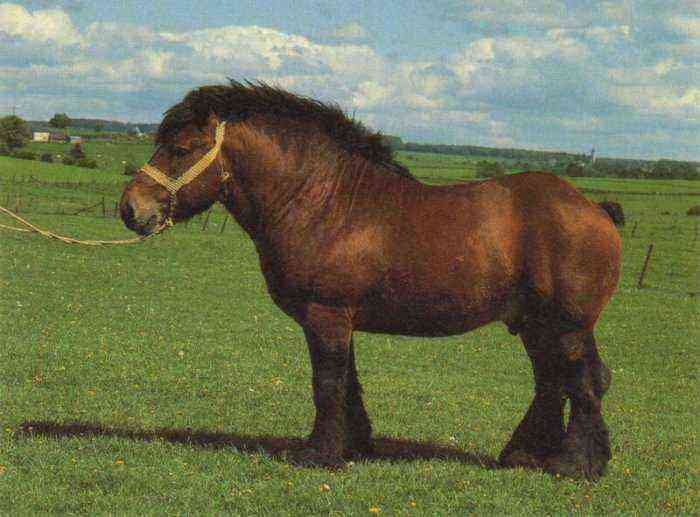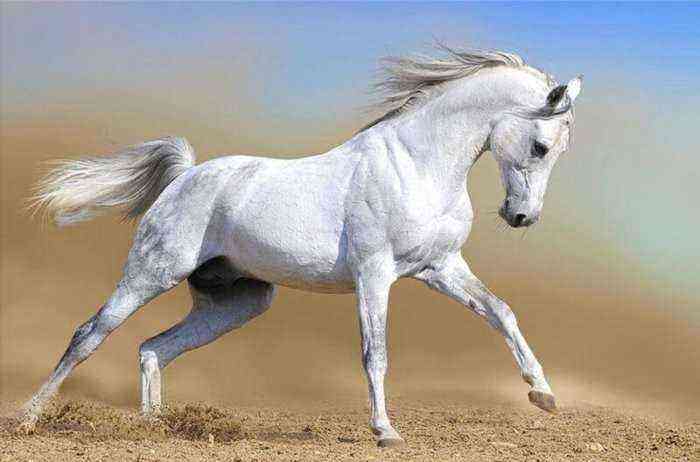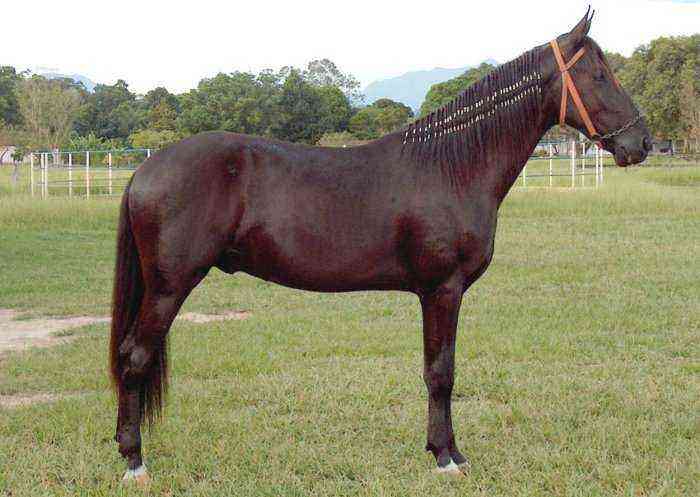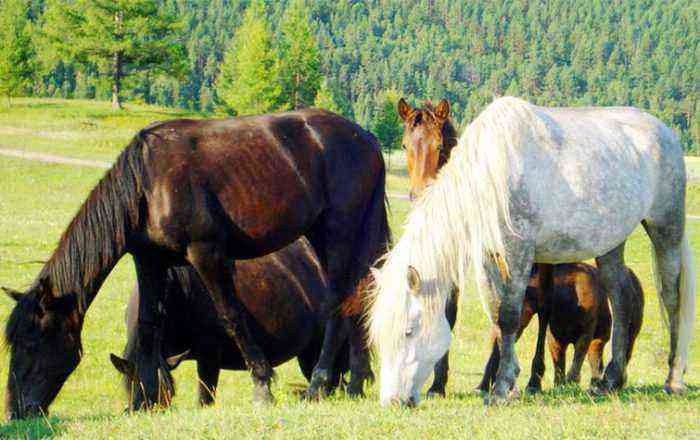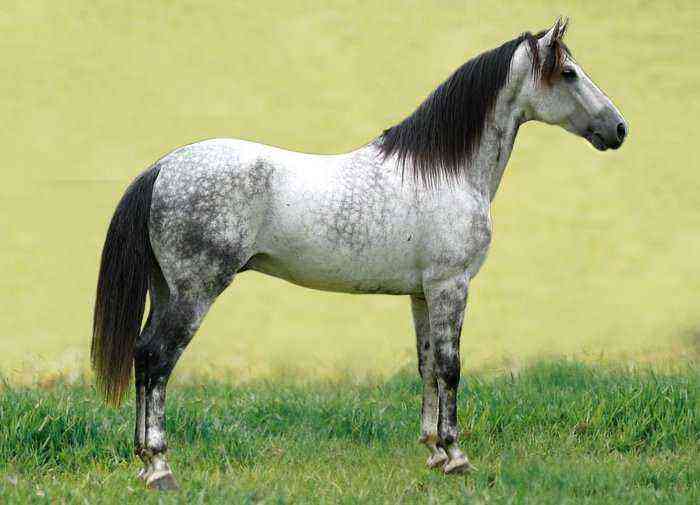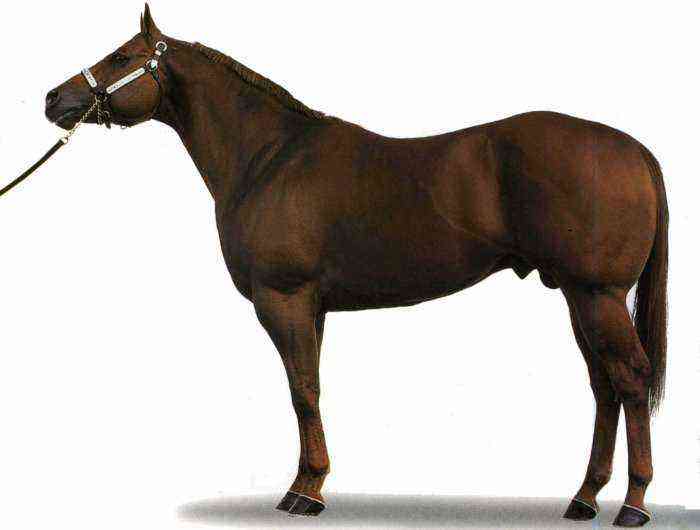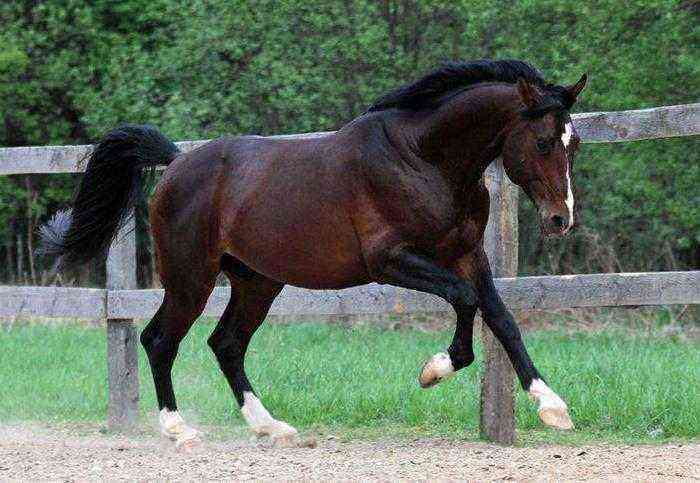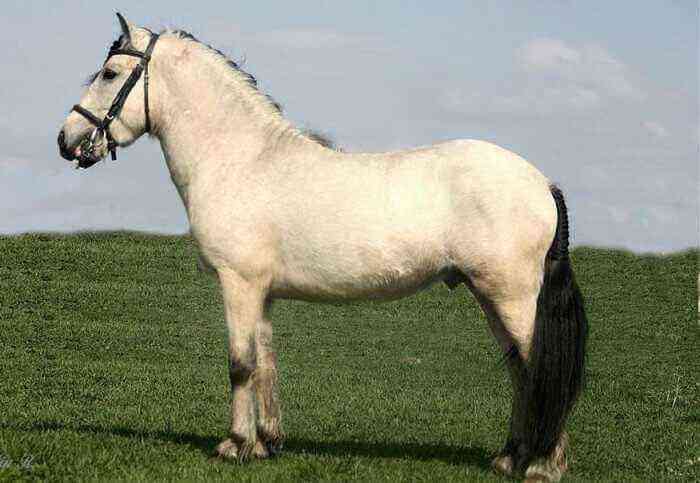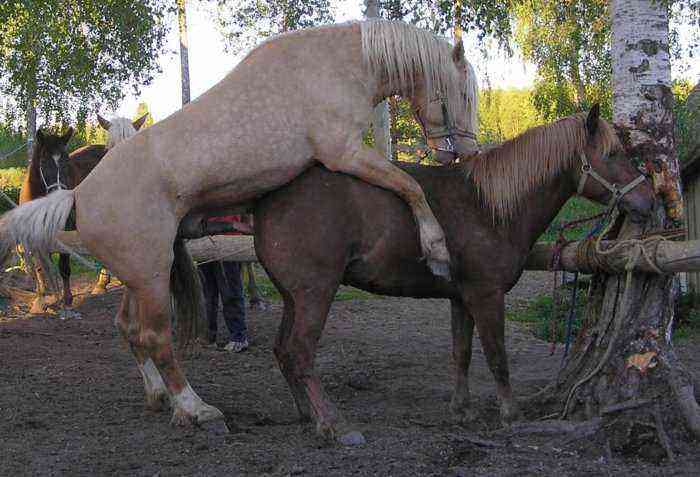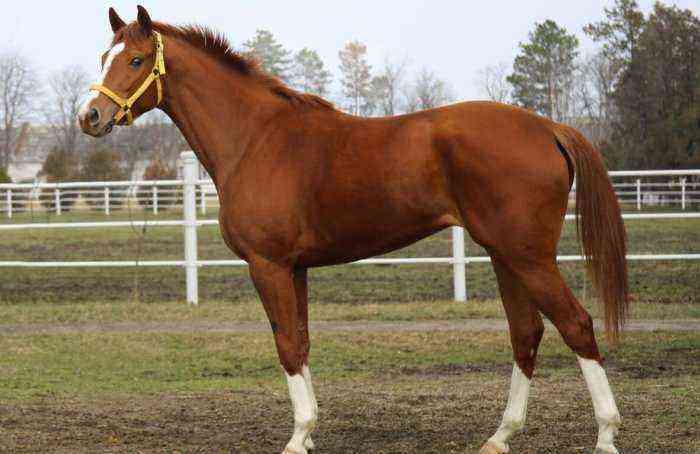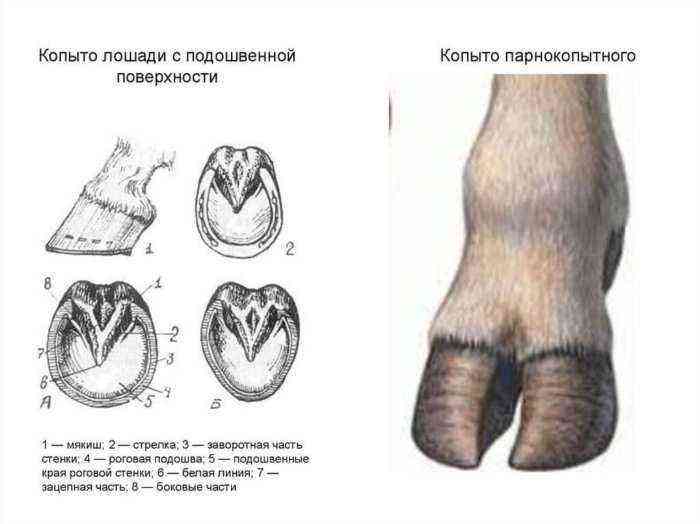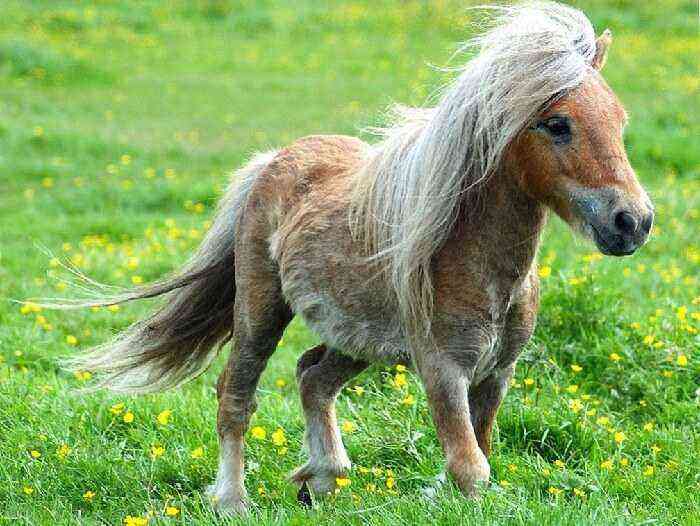In terms of feeding, horses are quite versatile animals. In addition to grass, they also feed on hay, concentrates, vegetables and fruits. Moreover, all this food in the body of the animal is absorbed due to the special structure of the digestive system. Knowing its features will make feeding more efficient. But unfortunately, not all breeders seek to study this issue in detail. And some do not even know if a horse has a stomach and what it consists of.
Digestive system of the horse
How is the digestive system of horses arranged?
The structure of the digestive system of a horse is in many ways similar to the structure of the human gastrointestinal tract, but there are still certain differences. The gastrointestinal tract of an animal consists of the following elements:
- Mouth.
- Pharynx.
- Esophagus.
- Stomach.
- Small intestine.
- Cecum.
- Large colon and small colon.
- Rectum ending in anus.
The liver and pancreas are also directly involved in the process of digestion.
The process of digestion in the horse’s body takes place in the following order:
- During feeding, food enters the animal’s oral cavity, where it is thoroughly crushed with teeth and abundantly moistened with saliva, which plays a particularly important role in digestion. It prepares food for digestion, partially breaks down carbohydrates due to the content of enzymes, and is involved in maintaining the alkaline balance in the stomach.
- Prepared food moves through the pharynx and esophagus to the stomach, which occupies about 10% of the total capacity of the digestive system. Here, under the action of gastric juice and enzymes that get inside with food, the assimilation of feed begins. Moreover, food is digested in layers in the order in which it entered the stomach. The total duration of the stay of food in it varies from 6 to 12 hours.
- Partially digested masses enter the small intestine. Moreover, concentrates begin to flow here within 10 minutes after entering the body. In this part of the gastrointestinal tract, further breakdown of starch and proteins occurs. As a result of this process, amino acids and fats are formed, which are absorbed into the blood through the walls.
- The remains of feed pass further into the caecum. This part of the digestive system occupies about 40% of its total volume. Here, the fiber supplied with the feed masses is split and assimilated. This is facilitated by the unique microflora that lives in the gut.
- A day later, the remains of food enter the large intestine, where the remains of glucose, vitamins and amino acids are absorbed into the blood. Then, after 48 hours, the resulting feces enter the rectum and exit through the anus into the environment.
To digest all the food that enters the body, the animal needs to produce up to 40 liters of saliva. To do this, the horse needs to provide round-the-clock access to clean drinking water. Feeding chaff and salt also helps. But you should not give water to animals immediately after the administration of concentrates. Due to the peculiarities of the digestive tract, the liquid will immediately flush the grain into the small intestine, preventing it from being digested.
The stomach and its structure
Answering the question asked, we note that the horse still has a stomach. It is a bag-shaped single-chamber organ of a curved shape.
The structure of the digestive system of a horse
Moreover, one of its edges is much thinner than the other. The stomach is located more in the left part of the hypochondrium of the animal and borders on the spleen and diaphragm. The volume of the organ is on average 15 liters, and only in heavy breeds it reaches 20-25 liters.
The stomach consists of an internal mucous membrane and three layers of muscle tissue:
- Longitudinal muscles. This type of tissue is located immediately under the mucosa.
- Transverse muscles. These fibers are located under the first layer and serve to push through the digested masses.
- Oblique muscles.
Such a structure of the walls of the stomach, in combination with a special angle of connection of the stomach with the esophagus, completely eliminates the gag reflex in horses. The esophagus is connected to the gastric sac at the top at an angle of 45 degrees. On the opposite side is the outlet of the stomach. It connects to the duodenum and small intestine.
Mucosal zones
The mucous membrane, which covers the inside of the gastric sac, suggests a division into several zones. These include the following:
- Esophageal zone. It is located at the base of the entrance of the esophagus into the stomach. This area is built mainly from keratinized epithelial tissue, consisting of several layers of cells. She has no excretory glands.
- Cardiac zone. It is located in that part of the stomach, which is directed towards the heart. There are no glands in this zone either. In addition, most of the saliva accumulates here after entering from the esophagus. All this creates ideal conditions for the life of bacteria involved in digestion.
- Bottom zone. In this part is the main volume of the glands that secrete gastric juice. This is where the initial breakdown of starch and protein occurs.
- pyloric region. It also contains glands responsible for the secretion of digestive juice.
It is worth noting that in addition to juice, the pyloric glands also secrete mucus, which helps protect the epithelial layer from the negative effects of hydrochloric acid.
Diagnosis of pathologies
The key to the health of the stomach and digestive system of the horse as a whole is the timely detection of developing pathologies. Diagnostics is carried out by analyzing the general changes in the body and on the basis of specific diagnostic procedures. General methods to identify pathological changes in the stomach is not possible.
horse inspection
Specific diagnostic methods include the following:
- Percussion. The method is a light tapping of individual parts of the animal’s body and an analysis of the sound heard at the same time. As a rule, the intercostal space is tapped with a special hammer at the location of the blind sac. In this way, it is possible to recognize bloating formed due to blockage of the stomach, as well as when animals eat spoiled feed.
- Sounding. The probe is a long elastic tube with a diameter of 16 mm. The essence of the procedure is that the probe is inserted through the nasal cavity into the stomach. With the help of such a device, it is possible to take samples of the contents for analysis, detect and remove excess accumulated gases and undigested feed, and inject drugs inside. But it should be remembered that such a procedure is a serious stress for the animal, so it is prescribed only after a thorough analysis of clinical signs and other studies.
- Rectal examination. This procedure allows you to examine the back wall of the horse’s stomach. As a result, the degree of sensitivity of the organ is determined, and excessive wall tension is detected in a timely manner. But this diagnostic option is appropriate only when examining small horses. In large breeds, getting to the stomach by the rectal route is extremely difficult.
- Ultrasound procedure. It is carried out using special equipment. It allows you to identify foci of inflammation in the esophagus, stomach or intestines, as well as determine the presence and exact location of ulcers.
- Gastroscopy. When implementing a gastroscopic examination, a special cable with a camera is inserted into the stomach through the nasal cavity, which transmits the image to the monitor. Such a device allows you to study in detail the walls of the mucous membrane of the gastric sac.
Important! Some veterinarians also rank palpation as a diagnostic method. But it is used only to determine the location of the localization of pain. The procedure does not provide accurate data on the pathology.
The digestive system of a horse involves an individual number of structural and functional features. Their knowledge allows more efficient implementation of feeding and caring for animals. At the same time, the stomach occupies a special place in the structure of the gastrointestinal tract of the horse, because it is in it that the main part of the food entering the body is digested.


